- Dams in Pune
- Things to do in Pune
- Navi Mumbai to Pune
- Getaways Around Pune
- Famous dishes in pune
- New Year Celebration in Pune
- Sightseeing in Pune
- Best Time to Visit Pune
- Places to Visit Near Pune in Monsoon
- Malhargad Killa
- Family Getaway Near Mumbai and Pune
- Fort Jadhavgadh: A Premier Heritage Hotel in Maharashtra
- Visit These Majestic Forts in and Around Pune
- Top 5 Must-Visit Temples in Pune
- Fort JadhavGADH - The Ultimate Family Resort near Mumbai
- Adventure Activities to Try Out in Pune
- Attractions near Fort JadhavGADH
- 5 Best Camping Spots Near Pune
- Reasons to visit JadhavGADH Fort
- Royal Dining Experience at Fort JadhavGADH
- Travel With Style
- Hotel Connect
- Reasons to visit Fort JadhavGADH on weekdays
- Fort JadhavGADH - Ideal Weekend Destination near Mumbai & Pune
- Pune: A Bucket List
- Pune Historical Places
- Water Sports in Pune
Pune, a vibrant and historic city nestled amidst the Sahyadri mountains, faces a unique challenge – water scarcity. While the monsoon season brings life-giving rain, the dry months can leave the city parched. To address this challenge, several dams have been constructed around Pune, serving as the city's lifeline and ensuring a steady water supply throughout the year. This blog explores 5 of Pune's most important dams, delving into their history, purpose, and impact on water conservation.
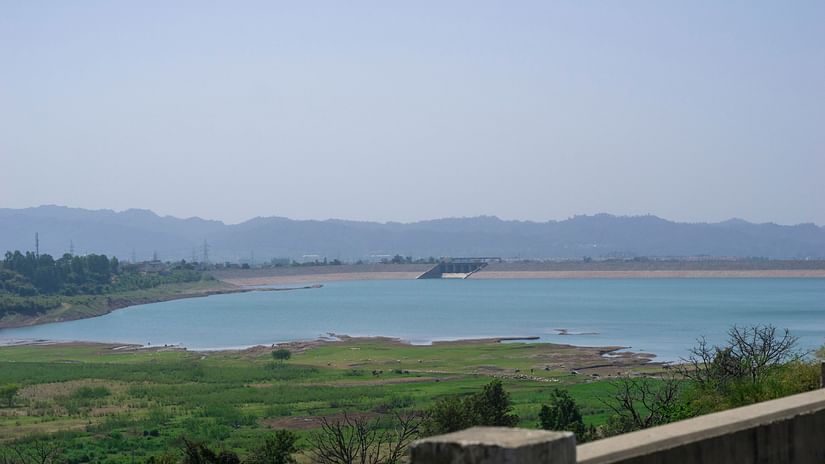
Khadakwasla Dam in Pune: The Oldest Guardian
The Khadakwasla Dam, built in 1863, is the oldest in Pune. Constructed during the British Raj, it played a pivotal role in supplying water for irrigation and drinking purposes to the city. The dam is located on the Mutha River and is surrounded by picturesque hills, making it a popular spot for picnics and scenic getaways. The construction of Khadakwasla Dam significantly improved water management in Pune, reducing dependence on rain and laying the foundation for the city's growth.
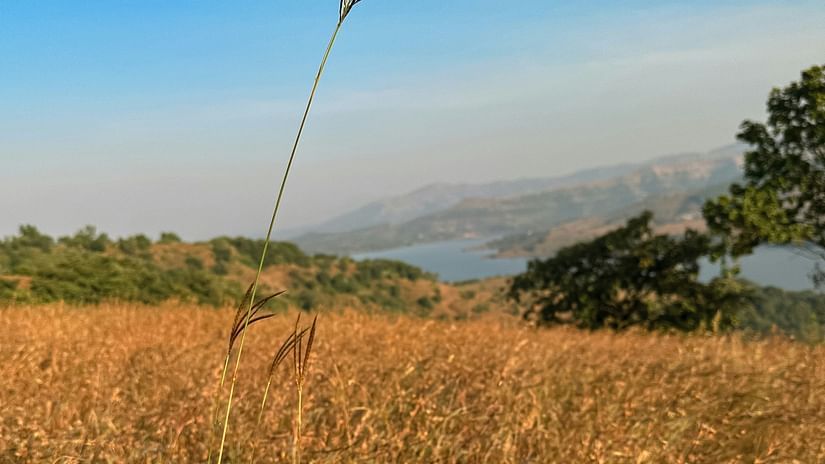
Panshet Dam in Pune: A Dam with a Duality
The Panshet Dam, situated on the Mula River, was constructed in 1964. This dam serves a dual purpose – generating hydroelectric power and supplying water for irrigation and drinking needs. The construction of Panshet Dam came at a cost. Several villages were submerged under the dam's reservoir, displacing thousands of people. Despite the controversy, Panshet Dam remains a crucial source of water and electricity for Pune.
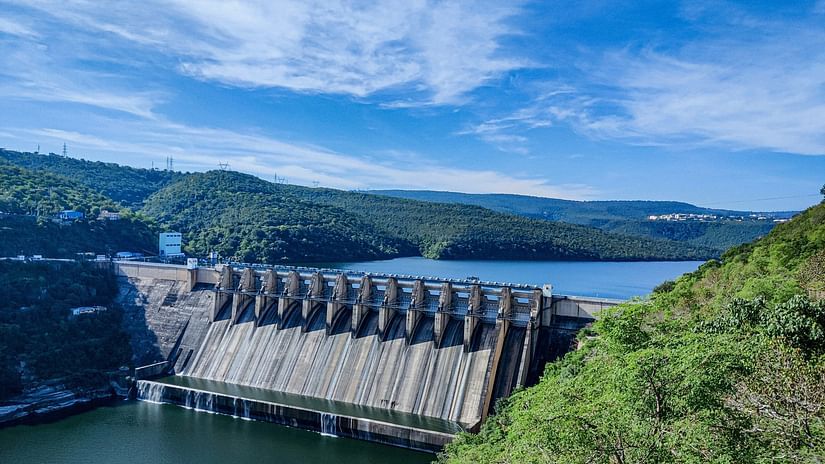
Warasgaon Dam in Pune: A Multipurpose Marvel
The Warasgaon Dam, built on the Krishna River in 1982, is one of the largest dams near Pune. This multipurpose dam plays a vital role in flood control, irrigation, water supply, and power generation. The dam's reservoir, known as Lake Warasgaon, is a popular spot for boating, fishing, and birdwatching. The construction of Warasgaon Dam significantly improved water security in Pune, reducing dependence on other sources and mitigating the impact of droughts.
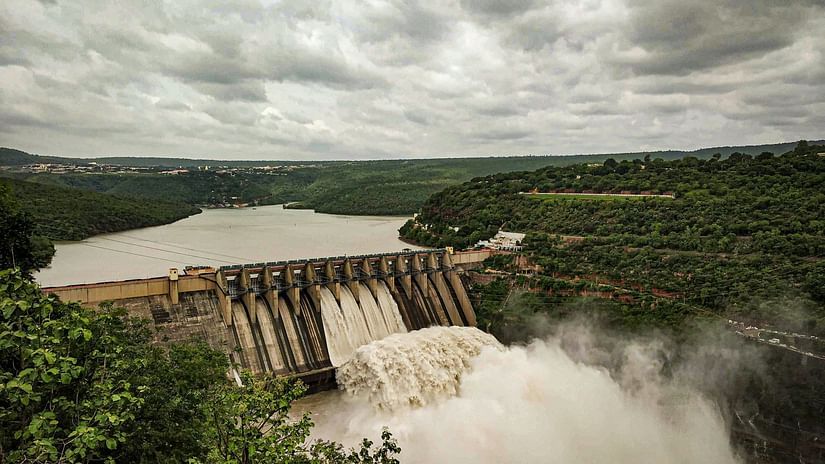
Mulshi Dam in Pune: A Picturesque Powerhouse
The Mulshi Dam, located on the Mula River near Lonavala, is a popular tourist destination known for its breathtaking views. Constructed in 1972, this dam serves the primary purpose of generating hydroelectric power. The dam's reservoir, Mulshi Lake, is a haven for water sports enthusiasts and offers stunning backdrops for photography. While Mulshi Dam's primary function is power generation, it also contributes to regulating water flow in the Mula River, indirectly impacting Pune's water supply.
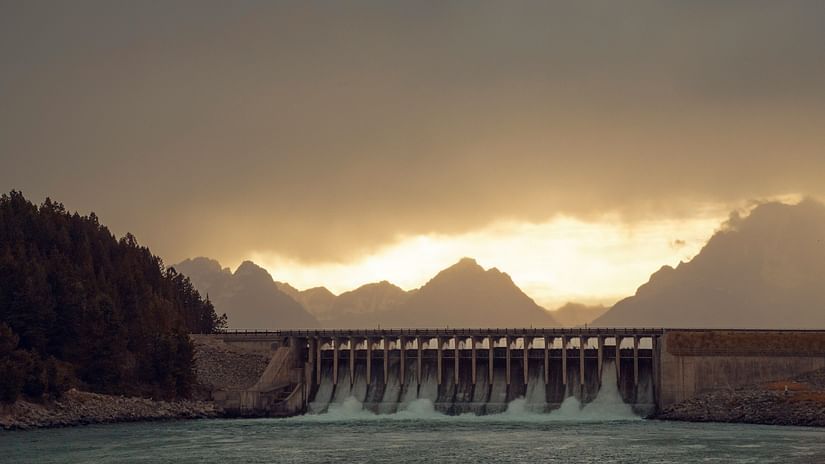
Jadhavwadi Dam in Pune: A Hidden Gem
Nestled near the popular hill station Lonavala lies Jadhavwadi Dam. This dam helps channel water to nearby agricultural fields. While not a primary source of drinking water for Pune, Jadhavwadi Dam contributes to the city's overall water security during times of scarcity. The dam's reservoir also serves as a scenic spot for picnicking and enjoying the beauty of the surrounding hills.
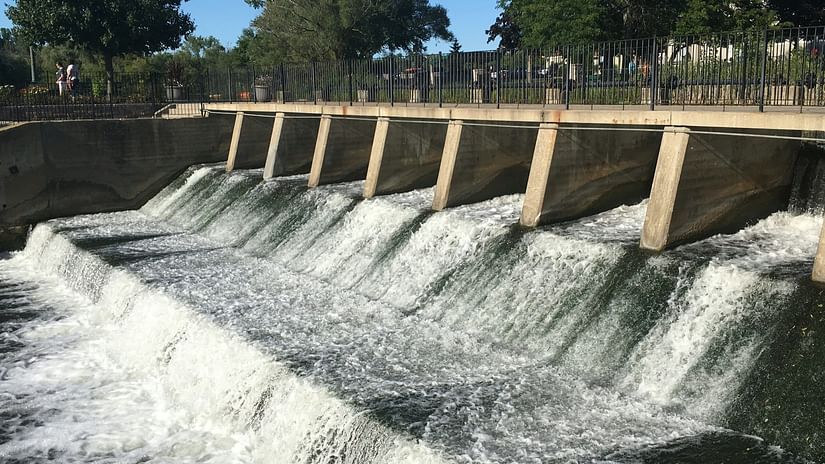
The Impact of Dams on Water Conservation
The construction of dams has undoubtedly played a significant role in transforming Pune's water security landscape.
- Reduced Dependence on Rainfall: Pune is no longer solely reliant on the monsoon for its water needs. Dams provide a buffer during dry periods, mitigating the impact of droughts.
- Improved Irrigation: Dams enable controlled irrigation practices, leading to increased agricultural productivity in the surrounding regions.
- Hydroelectric Power Generation: Some dams, like Panshet and Warasgaon, generate hydroelectric power, contributing to a cleaner and more sustainable energy mix for Pune.
Consider staying at the opulent Fort JadhavGADH, a 300-year-old architectural wonder reimagined as a luxurious hotel. This distinctive retreat provides a chance to relish in regal living while effortlessly exploring the city's attractions. Situated in the quaint village of Jadhavwadi, merely 28 km from Pune, this converted fort offers lavish accommodations. Opting for a stay here allows you to delve into the vibrant history and culture of the Maratha era while also conveniently positioning yourself to explore Pune's myriad sights. Experience the perfect fusion of contemporary comfort and historical allure at Fort JadhavGADH.